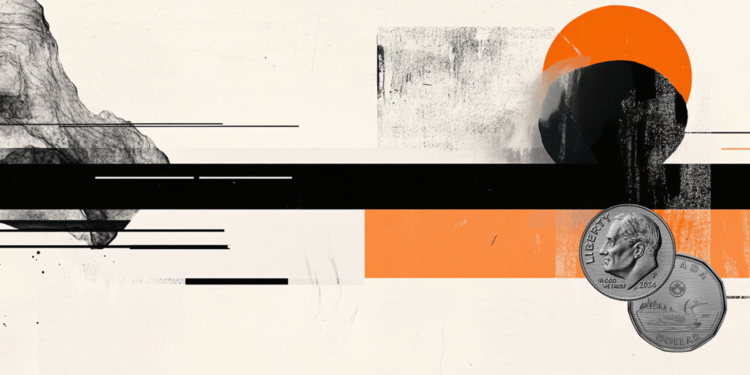One of the biggest challenges for astronauts facing long space trips is adequate nutrition. Some teams eat dehydrated or freeze-dried foods, packaged in special containers, as well as liquid options and vitamin supplements. Others already grow leaves in space, such as on the International Space Station (ISS). However, a new study suggests that, in the future, astronauts will be able to feed on asteroids.
THE searchpublished last Thursday (3) in The International Journal of Astrobiology, showed that astronauts on long space missions could turn to asteroids for food. This would be possible by using bacteria to convert carbon-containing compounds from asteroids into edible food.
To test this possibility, researchers used hydrocarbons (substances that contain carbon and hydrogen) found in asteroids. Through a process called pyrolysis, they heated this organic material, breaking it down into smaller components, and then fed it to a mixture of carbon-eating bacteria.
Scientists then analyzed the products resulting from the decomposition of hydrocarbons and compared them with similar substances found on asteroids. Their hypothesis is that these substances can be converted into food with the same nutritional quality.
In interview with the NewScientist portalJoshua Pearce of Western University in Ontario, Canada, explains that “when you look at the breakdown products of pyrolysis that we know bacteria can eat, and then what’s on asteroids, they match up reasonably well.” According to the researcher, after a nutritional analysis, the biomass produced by the bacteria “ended up being an almost perfect food”.
To calculate the minimum amount of organic material that could be converted into food, the researchers used a specific asteroid, the Murchison meteorite, as a reference for the calculations. The minimum amount of organic material that can be converted into food comes from aliphatic hydrocarbons (simple organic compounds). The maximum amount would be if all organic matter present was converted.
Based on these calculations, in a minimum scenario, the biomass that could be generated from an asteroid like Bennu — which NASA visited in 2020 — would be somewhere between 5,070,000 g and 239,000,000 g, according to the research. In a more efficient (maximum) scenario, this value could reach between 1,391,000,000 g and 6,556,000,000 g.
According to the researchers, these biomass values could generate between 576,200,000 and 15,810,000,000 calories, enough to sustain between 600 and 17 thousand astronauts for a year. The exact amount depends on how efficiently bacteria can digest the asteroid’s carbon compounds.
“Based on these results, this approach of using carbon on asteroids to provide a distributed food source for humans appears promising, but there are substantial areas of future work,” the researchers say in the published paper.
Giant asteroid impact changed Jupiter’s moon axis, study says
This content was originally published in Astronauts could feed on asteroids in the future, suggests study on the CNN Brasil website.
Source: CNN Brasil
Charles Grill is a tech-savvy writer with over 3 years of experience in the field. He writes on a variety of technology-related topics and has a strong focus on the latest advancements in the industry. He is connected with several online news websites and is currently contributing to a technology-focused platform.






